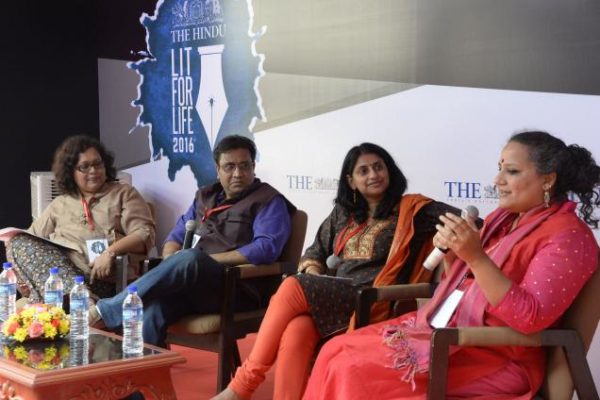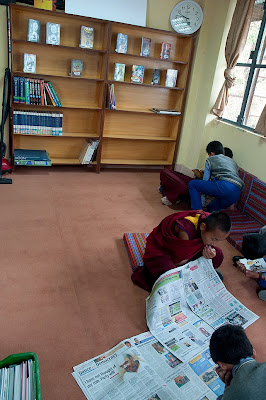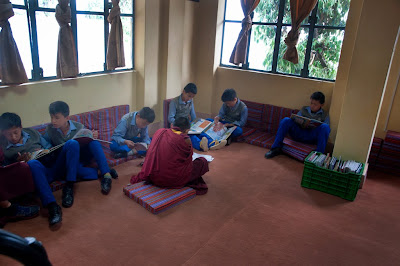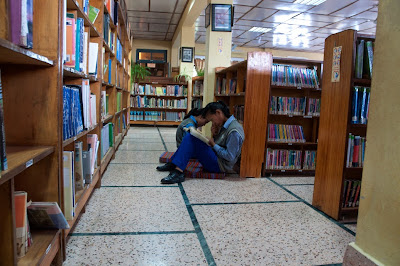Letter from an old student
A letter from an old student about three books she read recently.
Ma and I have been wanting to buy a book for the CFL library, and I was wondering if you might help me choose. I’ve short-listed three, of which two are actually by the same author so we thought we might buy both. The first one is Ray Bradbury’s Fahrenheit 451. If school doesn’t have it already, I’d definitely love to gift this one. It’s a classic, written in 1953 and set in a future American society where all books are banned and “firemen” are hired to make fires (and burn books) instead of putting them out. I think you might have heard of it already.
The other two are by Neal Stephenson: Snow Crash and Quicksilver.
I read Snow Crash first so I’ll tell you about it first, though I think you might enjoy Quicksilver more. Published in 1992 (at a time when the internet was nothing like it is now) the book is set in a sort of sci-fi world and falls, among multiple other genres, into that of Cyberpunk. What fascinates me about Stephenson and this book in particular, is its’ total defiance of categorisation. It includes everything from computer technology to the history of the Sumerians and the Tower of Babel, from business monopolies and a pizza delivery ‘mob’ of Italian gangsters to a Katana wielding protagonist named Hiro Protagonist. It also includes this parallel virtual gaming universe which is mind-blowing when you think of the fact that he was writing before video games and avatars became what they are today. His writing is wonderfully crisp and if he wrote for textbooks, I would never have difficulty understanding any academic concept again.
The other book, Quicksilver, is part of the Baroque trilogy but since I haven’t yet read the others, I cannot say if they are as good. This one, is science fiction but set in the past. Actually it’s hard to tell how much of it is fiction, because it’s centred around the Royal Society of Britain and has Isaac Newton, Robert Hook, King Charles et cetera as main characters of the novel. Naturally, it is set in the 1600s and includes as much history as science. Science was called Natural Philosophy then, and chemistry was Alchemy. Personally, I really enjoyed the book because I’ve never really understood what people like Ishaan find so fascinating about science and experiments, and this book has completely changed that for me. By fitting science into the (for me more tangible) world of mystery, discovery and controversy, the novel sort of brought science out of that box of emotionless, mechanical processes that I think we so-called “humanities” people tend to put it in.
For that reason alone, and if not for the crispness of his writing that I mentioned before, I think you might enjoy this book a lot more than Snow Crash. But there’s another thing I thought I should mention. In terms of the reading itself, I found Snow Crash a lot easier and much less tedious, I think because of its’ racy plot, while Quicksilver required quite a bit of effort and took me an embarrassing amount of time to plough through.
Shalom








 Usha Mukunda
Usha Mukunda